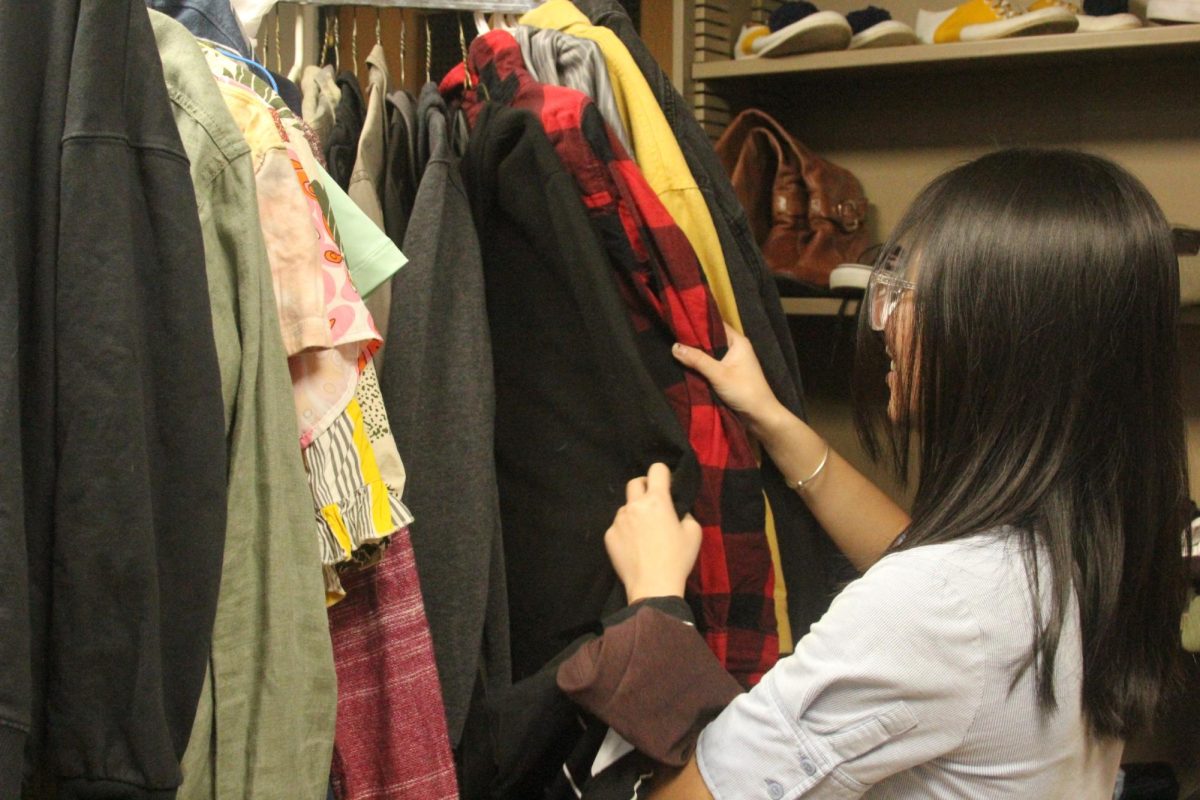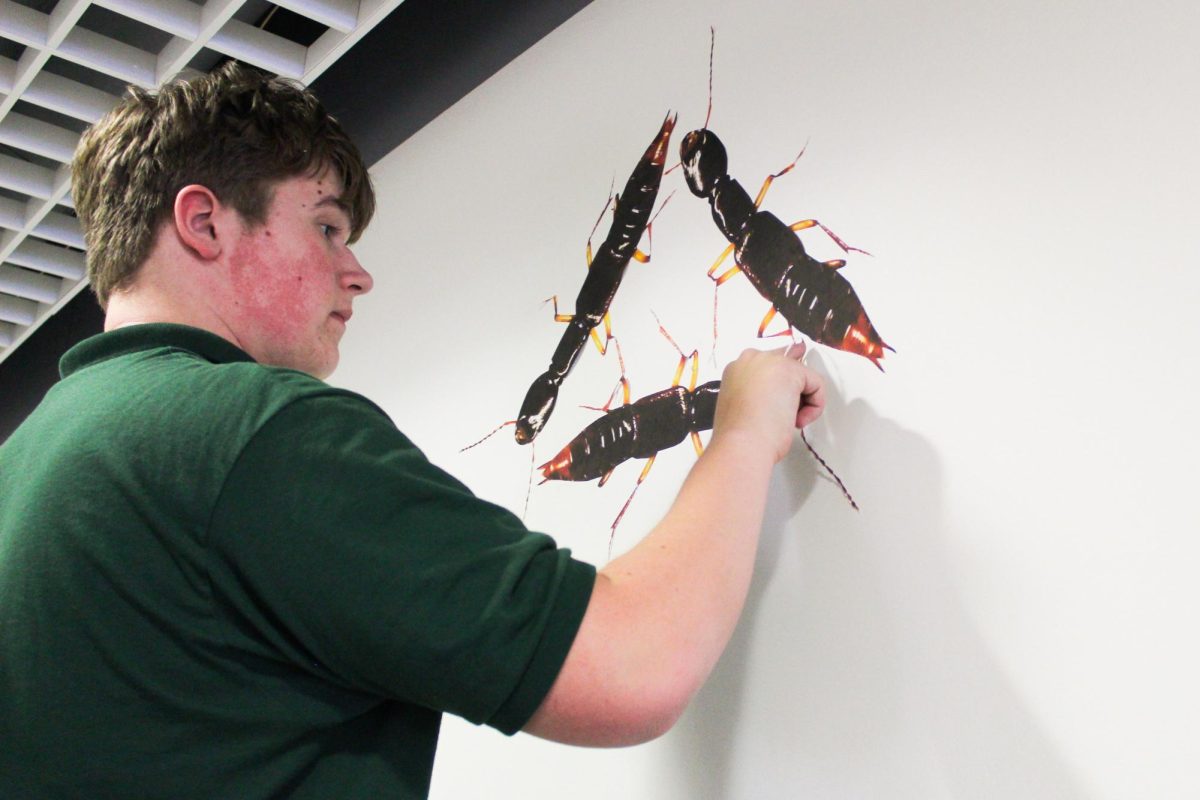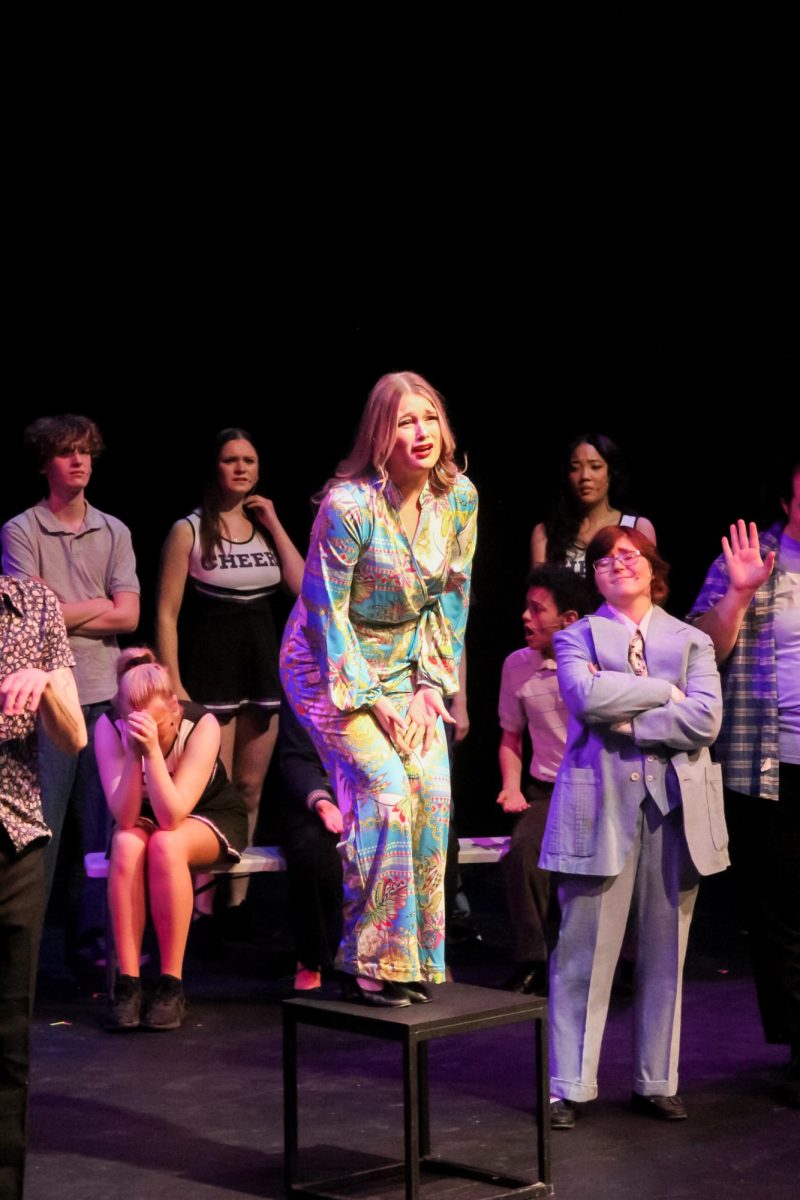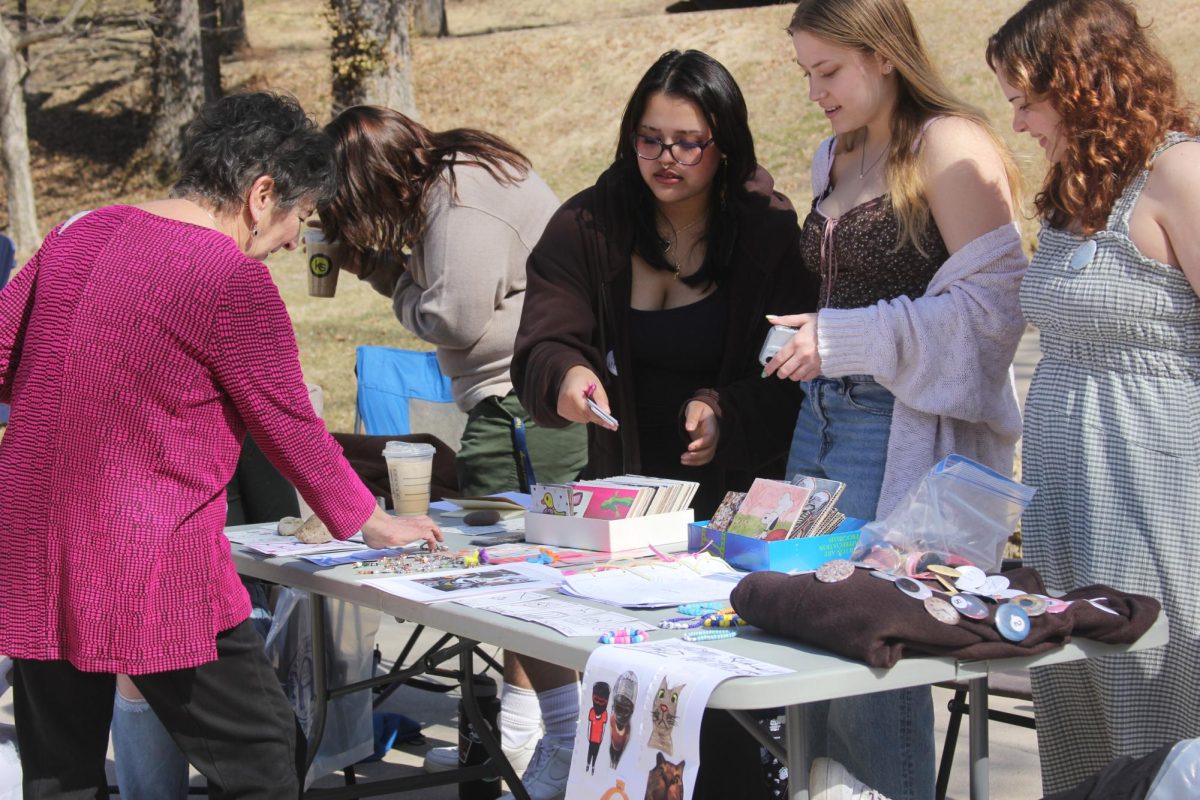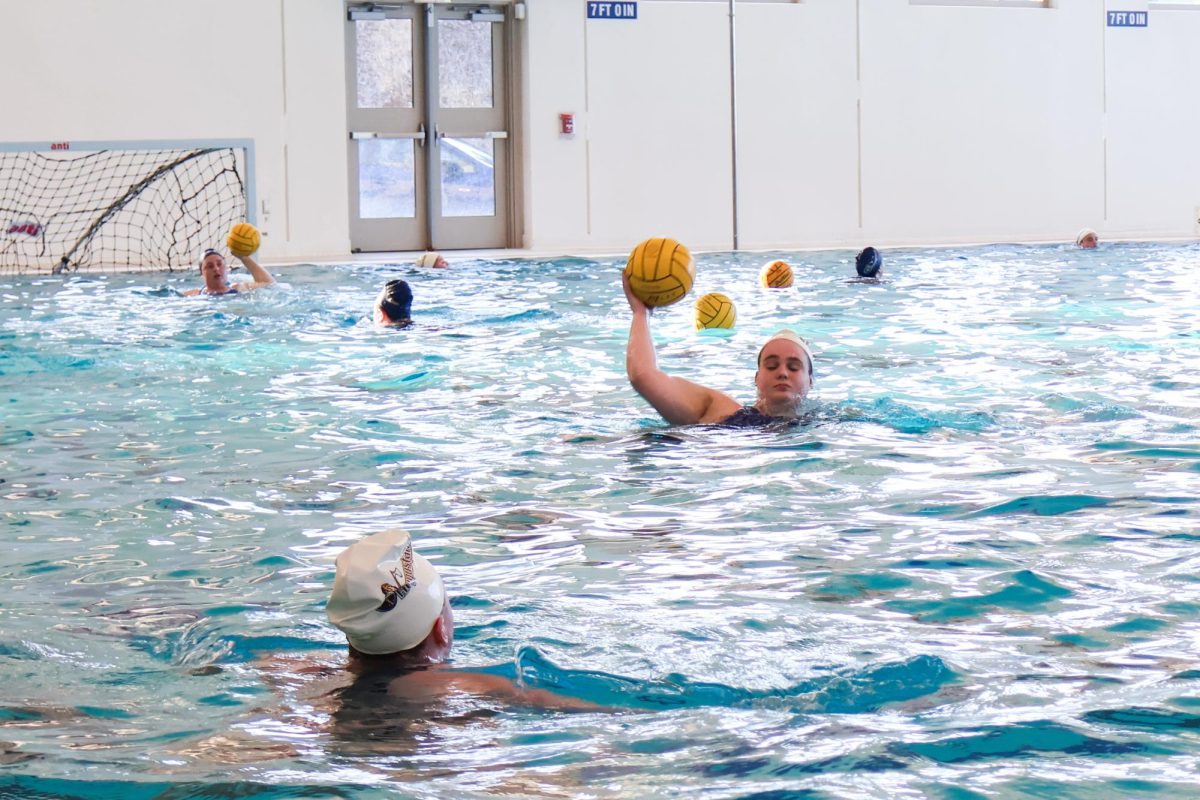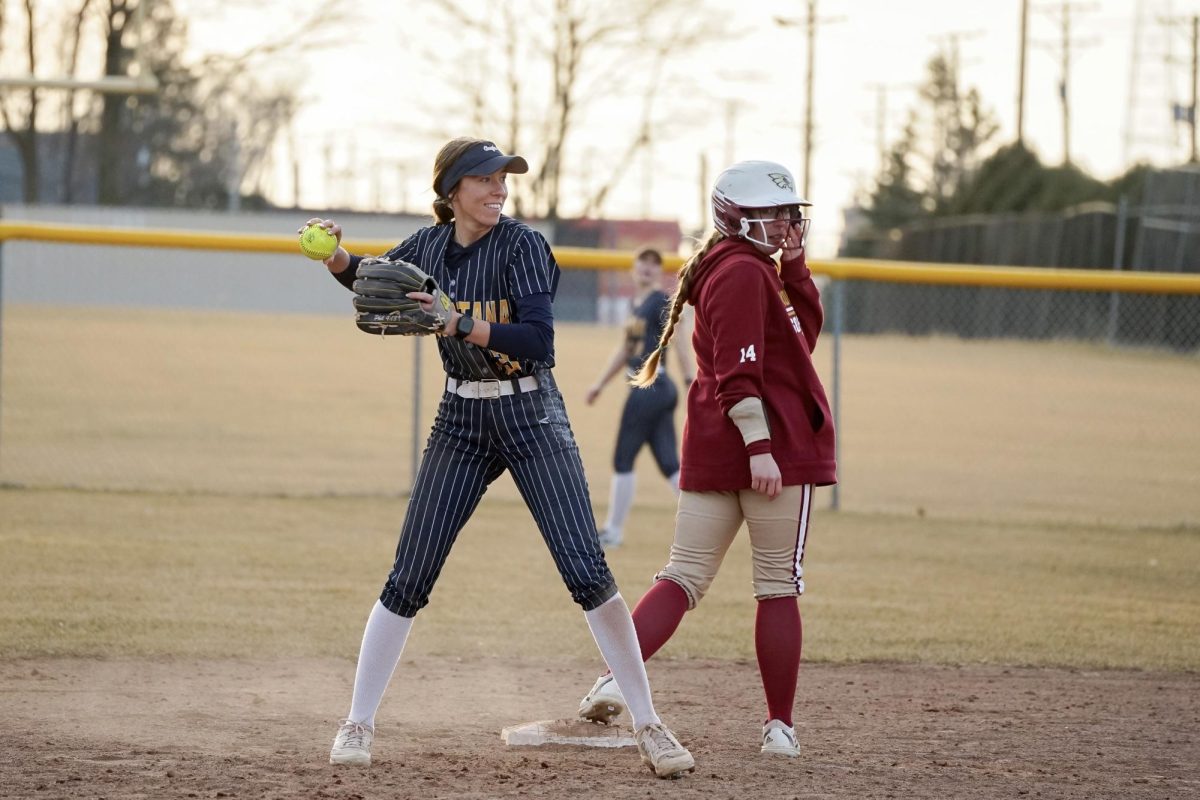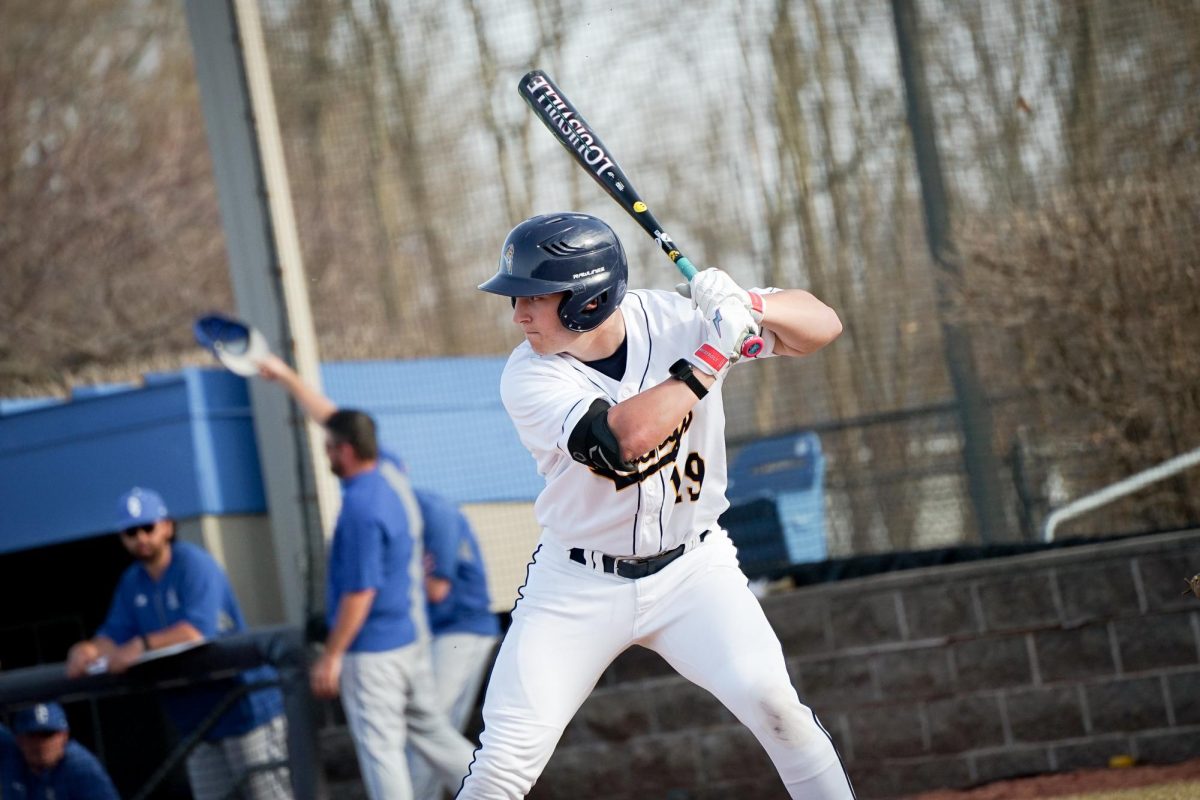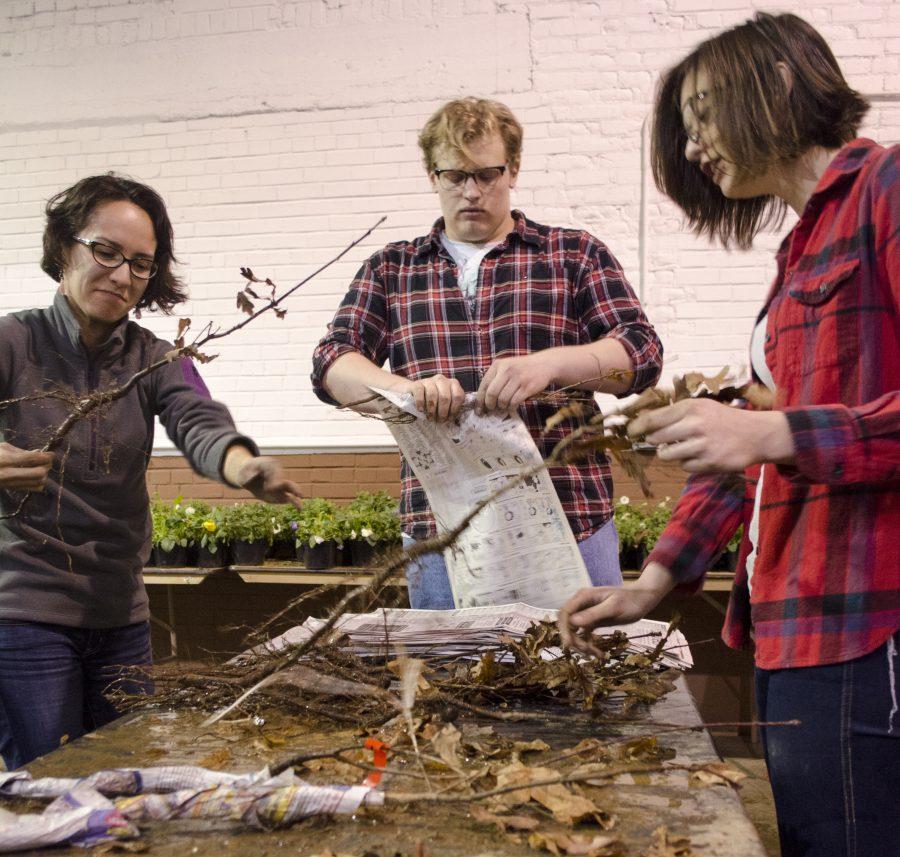Augustana students and Quad Citians preserved 125,000 trees last month with Chad Pregracke’s Living Lands and Waters nonprofit organization.
Students and volunteers wrapped tree roots in newspaper, dipped them in water and bagged them, in order to preserve the trees before they are planted.
The trees are given to schools, businesses, and park districts, as well as planted along riverbanks by volunteers from MillionTrees Project, the environmental nonprofit organization.
MillionTrees Project Coordinator, Ashley Stover, said the annual tree-wrapping process prepares thousands of trees.
“We need so many because we give away 125,000 oak tree saplings every spring, and 51,000 of those 125,000 are requested to be individually wrapped for handing out,” Stover said.
The tree-wrapping process helps the tree roots stay healthy so individuals can plant them when they are delivered in April.
“We wrap the trees so that they stay moist and alive until we can hand them out and give them away to be planted,” Stover said.
Junior Emily Haskins, who volunteered at the event this past weekend with the music fraternity Sigma Alpha Iota, was excited for the environmentally friendly event.
“I am an environmental studies and geography major, so I really like anything to do with trees, plants, etc., and I heard that we would be wrapping oak saplings,” Haskins said in an email.
Last week, 1,450 volunteers preserved 40,000 tree roots. At the end of March, the tree roots are delivered across 9-13 states in the Midwest.
MillionTrees Project, which was founded in 2007 through Living Lands and Waters, has volunteers that plant the remaining 74,000 tree roots between the Ohio and Mississippi watersheds. The original goal of the organization is to plant 1 million trees and acorns within the next few years.
Stover said many trees were cut down during the steamboat era, and invasive species have taken over due to flooding. As a result, tree diversity along Midwest Rivers has declined over the past 150 years.
According the their website, MillionTrees only plants hardwood trees that produce fruit and nuts for animals to eat.
“They prevent and reduce soil erosion and run off; they provide shade for not only people, but animals and fish in the river; they create oxygen and decrease carbon dioxide,” said Stover.
Stover added that the trees also create aesthetic value to rivers and within neighborhoods.
“We don’t limit the trees to rivers, watersheds and stream banks only,” she said. “We also provide them within communities and neighborhoods as well.”
For Haskins, the event was a project she would like to participate in again next year.
“It was organized really well, too, and there was always something for everyone who came to do: wrap the trees, dip the trees, tie the trees,” said Haskins. “It really did feel like you were doing some good.”
Categories:
Students preserve 125,000 trees for planting
April 3, 2014
0
Tags:
More to Discover
